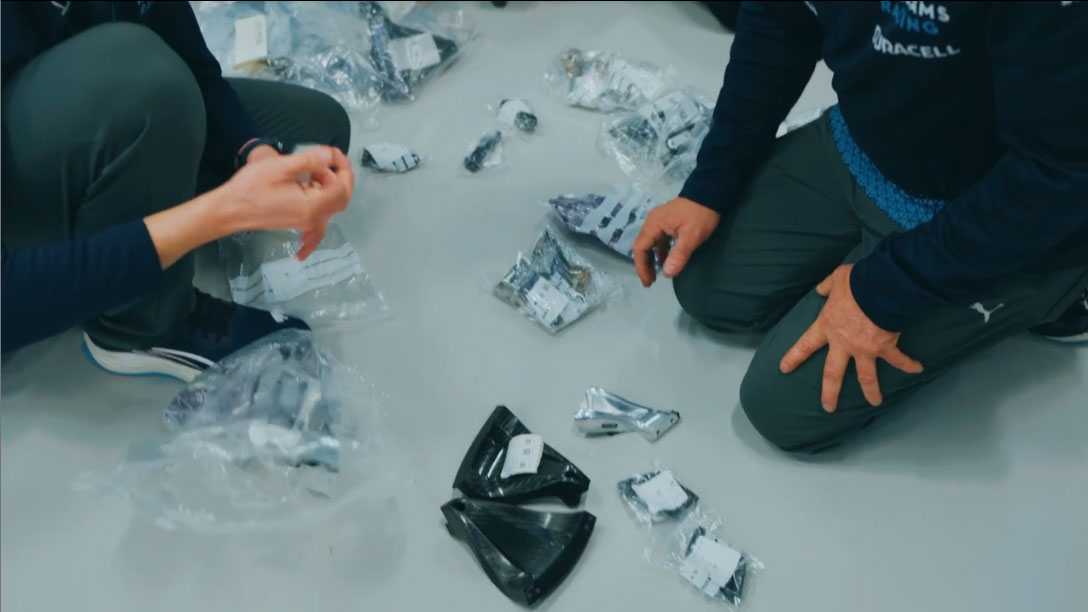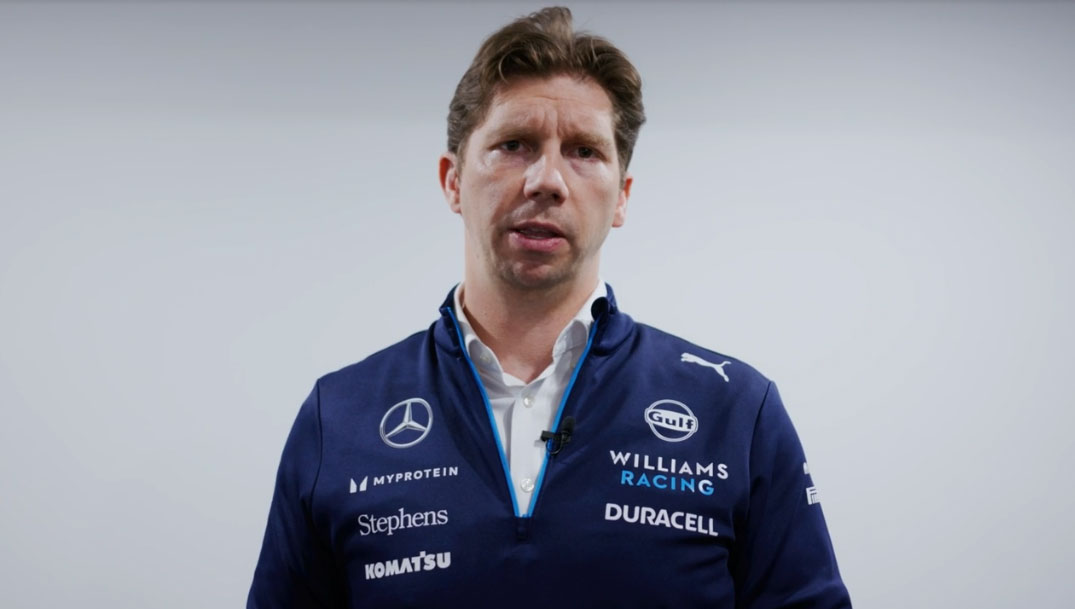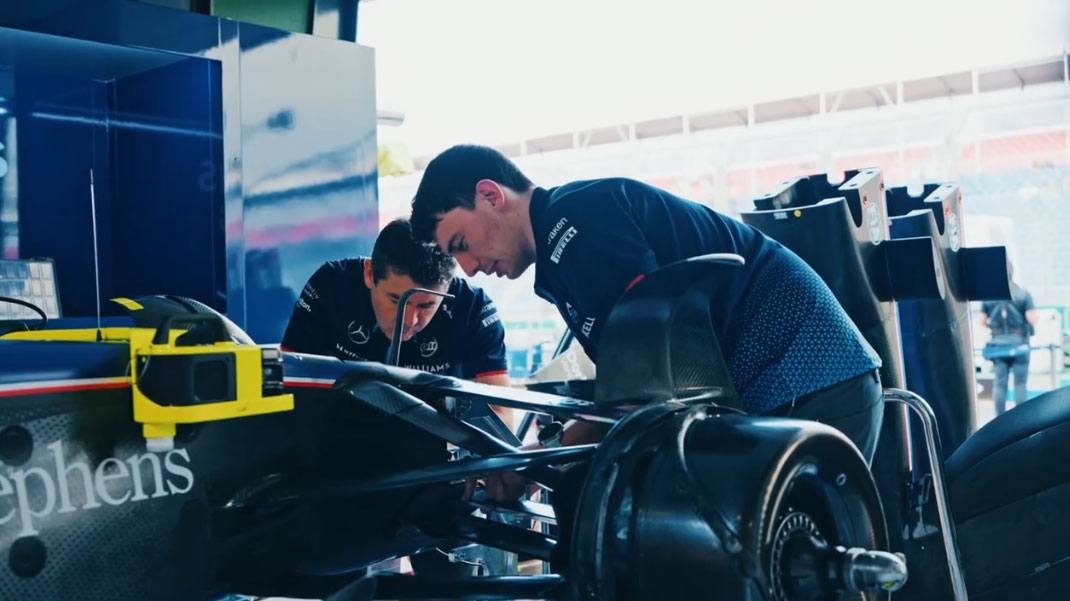Managing a Formula 1 team is challenging, typically leaning heavily on state-of-the-art technology and the most advanced automotive engineering to gain even the slightest competitive edge. Imagine the surprise of James Vowles and Pat Fry, who took over the team principal and chief technical officer roles at Williams F1 in 2023, when they found this F1 team had been relying on Microsoft Excel for the crucial Williams car build workbook. According to the digital motorsport channelThe Race, this was just one notable feature of the “team’s outdated working practices and systems” that was holding back Williams, complained Vowles.
Vowles, who made his name at Mercedes, decided on two main areas of focus for his first year at Williams. First, the car’s technology was upgraded, with some sections of the vehicle requiring a tenfold increase in custom-made parts. Second, the creaking Excel spreadsheet that had barely coped with tracking parts previously was replaced by a new bespoke digital parts system.

Up to and including the 2024 Williams FW46 race car, the headlining Excel spreadsheet was crucial for building cars and managing parts. Vowles didn’t pull his punches when talking about the old system. “The Excel list was a joke,” blasted the new Williams team principal. “Impossible to navigate and impossible to update.”
The inherited Williams Excel system contained around 20,000 individual components and parts but didn’t include fields for essential data like component costs, stock levels, and lead times.

Vowles gave an example where using Excel to create an order for a car front wing (with 400 parts) would be a click-and-hope procedure because the Williams Excel workbook was useless in surfacing the information Vowles wanted at a glance. “You need to know where each of those independent components is, how long it will take before it’s complete, how long it will take before it goes to inspection. If there have been any problems with inspections, whether it has to go back again,” explained the team principal. He also opined that “once you start putting that level of complexity in, which is where modern Formula 1 is, the Excel spreadsheet falls over, and humans fall over. And that’s exactly where we are.”
So, Vowles blasts Excel, variously describing it as “a joke” and “useless.” However, some might argue that thisoffice softwaredoesn’t have issues managing a 20,000-item parts list, and an expert Excel wrangler could have made a big difference to the spreadsheet users. For some examples of pushing Excel to its proper limits, recently, we reported on a software developer managing toshoehorn GPT-2(the ‘Small’ version with 124 million parameters) into Microsoft’s spreadsheet app to create a working local LLM. Earlier this year, a hobbyist built afunctional 16-bit CPUwith 128KB of RAM and a 16-color display into Excel…

Replacing Excel contributed to millions spent on Wiliams F1 team transition
F1 racing teams are allowed a budget of $135 million per season (not including driver pay). Vowles and Fry have decided to use more than they would like from that budget to bring Williams up to date, which may consist of a few million for banishing Excel’s use as the container for the firm’s workbook and parts list. “It’s an opportunity that’s not small,” said Vowles. “It’s millions of pounds of cost cap money. And it’s tenths of performance in just having processes, structure, and system.”
Get Tom’s Hardware’s best news and in-depth reviews, straight to your inbox.

The transition has precipitated a painful 2023/24 Winter while these big tech and culture changes are being implemented. Still, after taking this bitter medicine, it is hoped Williams will “enjoy some success a bit later on into the year.” Vowles reckons it could take three years for the 1,000-strong workforce to fully adopt the new culture and work together like a well-oiled machine.
Mark Tyson is a news editor at Tom’s Hardware. He enjoys covering the full breadth of PC tech; from business and semiconductor design to products approaching the edge of reason.